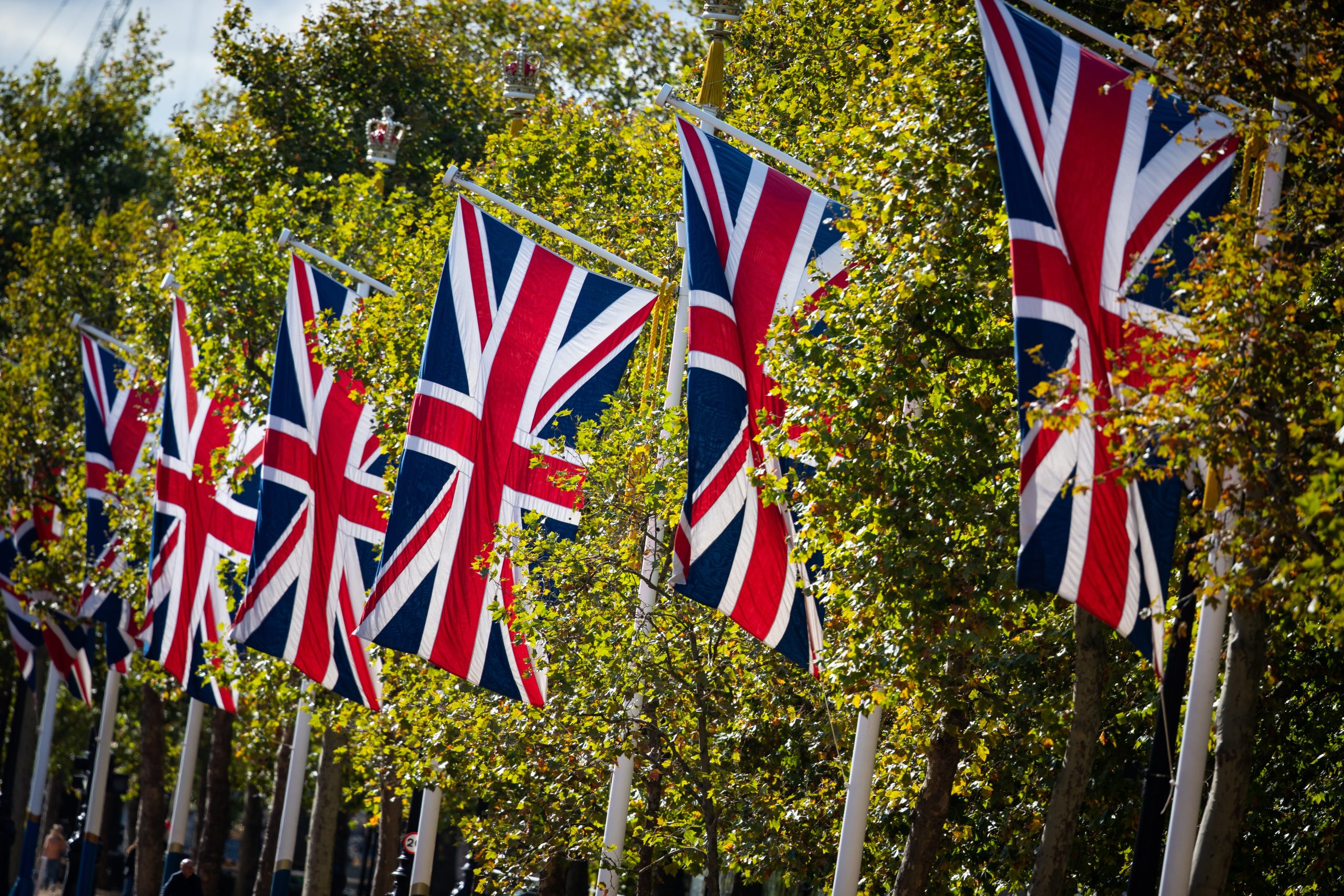Patriotism, which is the affection and devotion to one’s country, is a potent force that influences the identities and communities of individuals across the globe. However, the manner in which individuals demonstrate this loyalty can vary significantly. The flamboyant, visible celebration known as **flag culture** and the more reserved, contrite approach called **quiet pride** are two contrasting expressions of patriotism that are frequently observed. The examination of these designs reveals a wealth of information regarding the history, values, and character of a nation.
Flag Culture: Visible and Proud
In numerous nations, patriotism is demonstrated through lively public demonstrations. This “flag culture” is characterized by the prominence of symbols such as the national flag, anthems, and ceremonies, which serve as testaments to patriotism.
The following are the primary characteristics of flag culture:
* **Public displays:** It is customary to display the national flag on government buildings, streets, and residences. Flag-waving is prevalent during national holidays and sports events.
* **Ceremonies and rituals:** The expression of collective pride and unity is promoted through the performance of the national anthem, flag-raising ceremonies, and parades.
* **Patriotic Festivities:** Cultural performances, military parades, and fireworks frequently accompanied these holidays.
* **Vocal and participatory:** Individuals publicly express their patriotism through social media, lectures, and performances.
National symbols are prominently featured in public life in countries such as the United States, India, and Brazil, which are renowned for their ardent flag culture.
This form of patriotism cultivates a profound sense of collective identity and belonging, thereby fostering national unity and pride. Nevertheless, critics occasionally contend that it can veer toward nationalism or induce pressure to conform.
Subtle and Personal: Quiet Pride
In contrast, certain cultures demonstrate patriotism through **quiet pride**, a more subdued, reflective form of national loyalty.
**Elements of modest pride:**
* **Decreased emphasis on symbols:** Despite their respect, the national emblem and anthem are not always conspicuously displayed.
* **Normal activities:** Proudness is demonstrated through the preservation of cultural traditions, community service, respect for laws, and work ethic.
* **Intimate sentiments:** Patriotism is frequently a personal conviction, rather than a public act.
The following is a list of critical loyalty: While maintaining their affection for their motherland, citizens may discreetly acknowledge the shortcomings of their nation.
In contrast to elaborate displays, countries such as Finland, Japan, and Switzerland frequently exhibit silent pride, in which patriotism is integrated into daily life and civic responsibilities.
This method cultivates a sustainable, deliberate form of patriotism that is founded on humility and respect. Nevertheless, it is possible that it is disregarded or misinterpreted by individuals who anticipate more visible expressions.
Contrasting the Two Methods
| Aspect | Flag Culture | Quiet Pride |
|---|
| Expression | Bold, public, symbolic | Reserved, private, action-based |
| Symbols | Central (flags, anthems, parades) | Secondary, subtle |
| Social Impact | Collective enthusiasm and unity | Individual responsibility and respect |
| Potential Risks | Nationalism, exclusion | Perceived lack of passion |
Accepting Both Forms
Patriotism does not necessitate either or both. Flag culture is often combined with a quiet sense of pride in many societies, which encourages citizens to exhibit their affection for their country through commonplace actions while honoring national symbols.
In conclusion,
Patriotism is a shared bond that unites individuals to their homeland, whether through the silent contribution to the common welfare or the flamboyant waving of flags in demonstrations. Appreciating the rich cultural nuances that shape patriotism and the love of country are both facilitated by acknowledging the diverse ways in which patriotism is expressed.
True patriotism is characterized by the reverence for both visible celebration and humble devotion, reminding us that love for our country can be expressed in a variety of ways, whether it be in a public or private setting, but it is always meaningful.

Leave a Reply